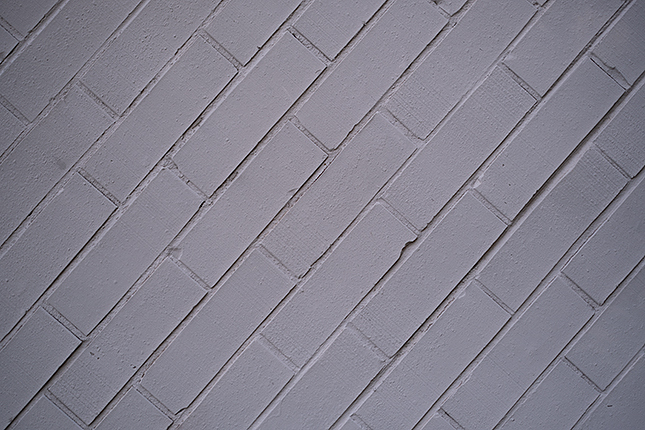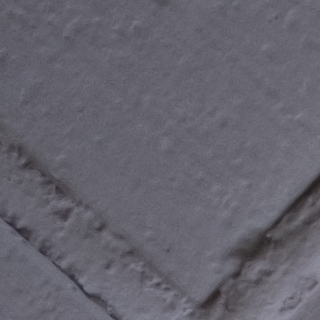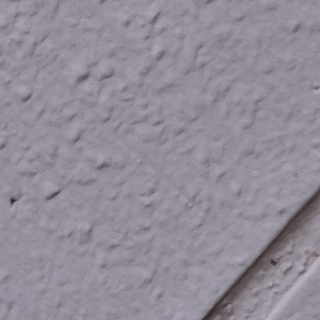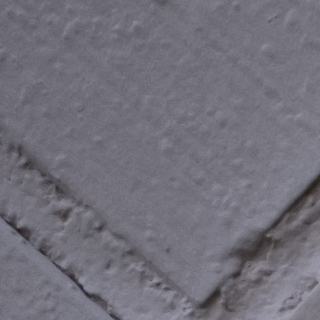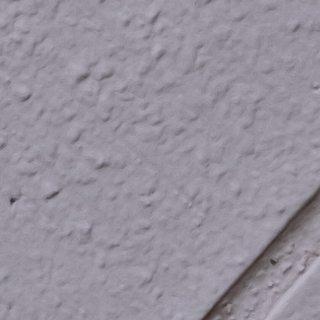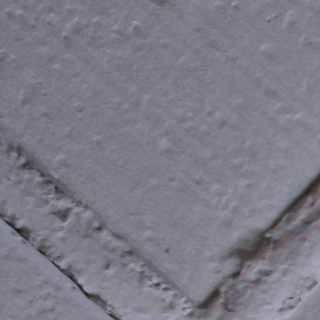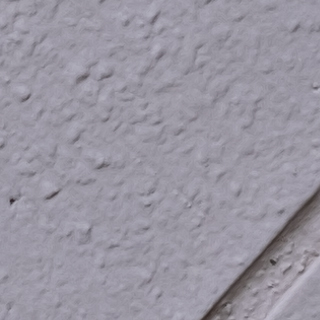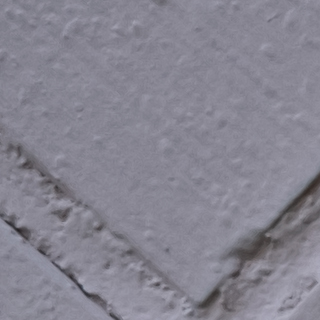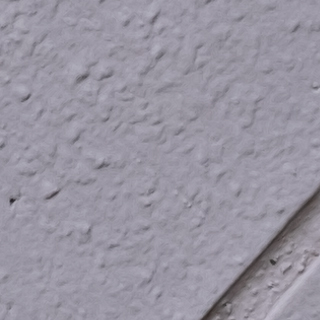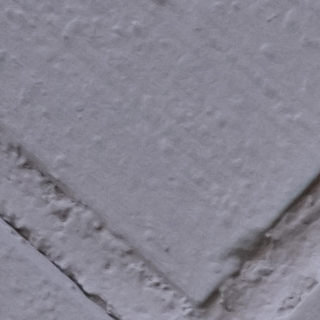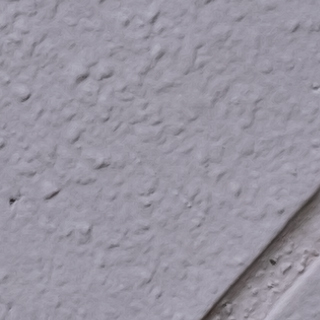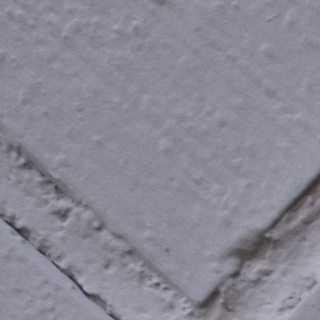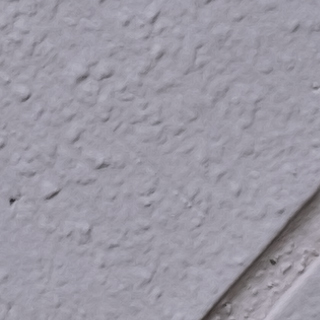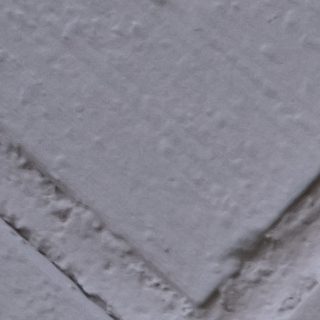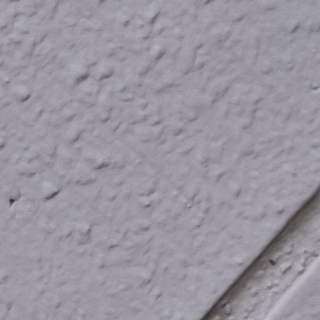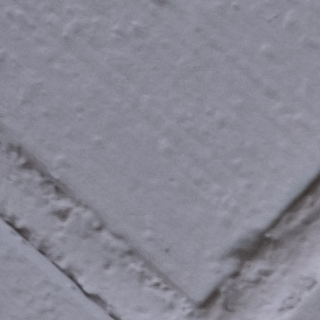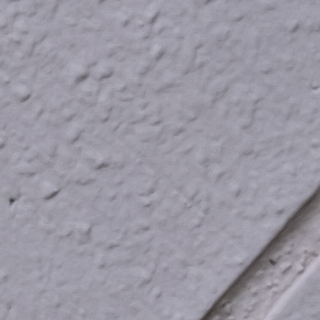| 33mm |
$799 average price |
|---|---|
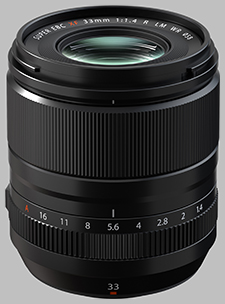
|
|
Your purchases support this site
Buy the Fujinon XF 33mm f/1.4 R LM WR
FUJINON XF33mmF1.4 R LM WR Review
Updates:
12/03/2021: Gallery Images added
01/11/2022: Hands-on Review added
Fujifilm XF 33mm F1.4 Hands-on Review
A fantastic 50mm-eq. prime lens for Fujifilm X Series cameras
by William Brawley | Posted 01/11/2022
 |
Fuji X-T4: F1.4, 1/680s, ISO 160 |
Fujifilm introduced yet another high-quality, fast prime lens back in September 2021 in the form of the XF 33mm F1.4 R LM WR. Fuji's stylish X Mount system already has an extensive array of lenses, especially primes, but this new XF 33mm lens serves as a refreshed and upgraded optic compared to a couple of similar, yet older, lenses in their lineup.
For those already familiar with the Fuji X-mount lens lineup, the XF 33mm F1.4 might feel like a somewhat confusing addition, given that there are already two X-mount 35mm primes, an XF 35mm F2 R WR and, in particular, the XF 35mm F1.4R lens. Why have yet another very similar fast prime? However, when you dive into the details, the new XF 33mm lens offers several pleasing upgrades in optical design and autofocusing technology, not to mention updated build quality. It's an especially nice upgrade over the existent XF 35mm F1.4 lens, which is one of the oldest X-mount lenses in Fuji's lineup, debuting back in 2012 with the X-Pro1.
 |
Fuji X-T4: F1.4, 1/1300s, ISO 160, -0.3EV |
If you're new to the Fujifilm X Series and are looking for a high-quality fast prime with a nearly-50mm-equivalent field of view -- a classic, versatile focal length -- the XF 33mm is a solid choice. At the same time, if you're thinking of upgrading from your older XF 35mm F1.4 lens, the XF 33mm seems like a compelling option, given the modern design and amenities that it offers.
I've had a chance to spend some time shooting with this new fast 50mm-eq. prime, paired up with an X-T4. Let's dive into the details and see how this new lens handles and performs in the real world...
Key Features & Specs
- APS-C-format Fujifilm X-mount prime lens
- 49.5mm-equivalent (~50mm) field-of-view
- F1.4-16 aperture range
- 15 Elements in 10 Groups, including two aspherical elements and three extra-low dispersion (ED) elements
- 9-bladed aperture
- Linear Motor-based AF system
- Manual aperture ring
- Weather-sealed construction
- 58mm filter size
- LxD: 73.5mm x 67mm (2.9 in. x 2.6 in.)
- 360g (12.7 oz.)
- $800 MSRP
Design & Handling
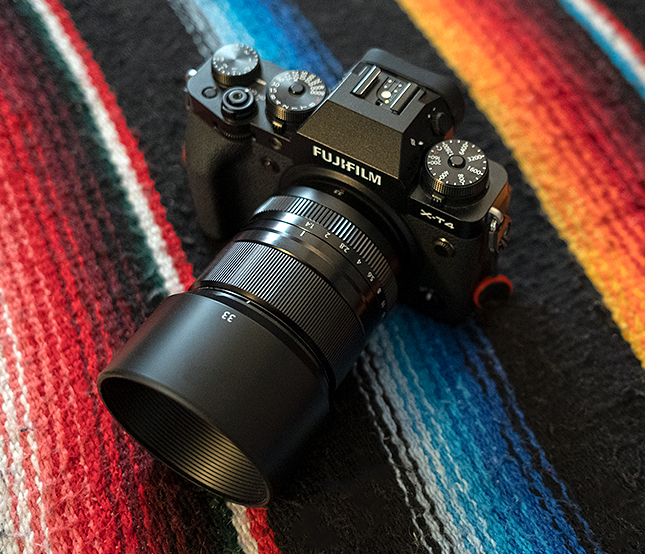 |
Fujifilm is remarkably consistent with the design and styling of its lenses, and the XF 33mm is no exception. When it comes to the design and handling, it's no surprise that the Fuji XF 33mm F1.4 lens has a nearly identical look and feel to other modern Fuji XF lenses. The XF series is Fuji's higher-end lens lineup and with that comes increased durability and higher quality construction. The XF 33mm features an all-metal construction, including the barrel, zoom and focus rings, and the lens mount itself.
As noted by the "WR" designation in the model name, the lens also has weather sealing throughout the barrel and at the lens mount. The addition of a weather-resistant construction is one of the lens's notable upgrades over the earlier XF 35mm F1.4 lens, which is not a weather-sealed lens. Not all Fujifilm camera bodies are weather-sealed, of course, but if yours is, and you care about having some peace of mind should you find yourself out in inclement weather, the XF 33mm F1.4 WR lens is certainly the pick over the older 35mm prime.
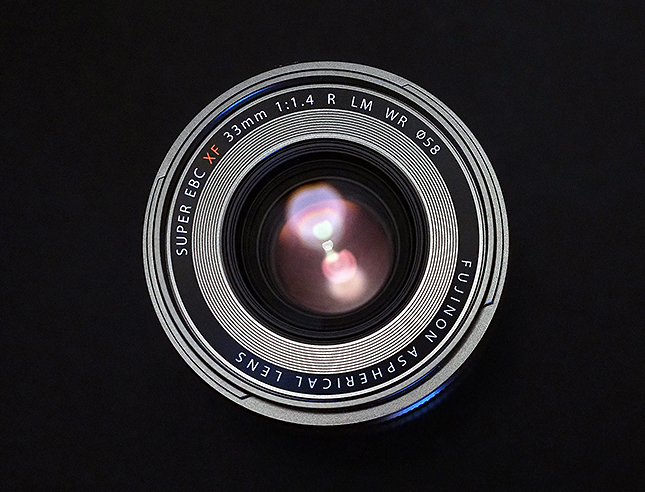 |
Much like I experienced with the fairly recent XF 18mm F1.4 lens, the build quality of the XF 33mm lens is nice. The lens feels well built and very solidly made with a good amount of heft to it -- though it's far from what I would consider heavy as the lens only weighs 360g (12.7 oz.). Still, for how relatively small and compact it is, there's a reassuringly solid weight to the lens.
And speaking of size and weight, it's worth pointing out that this is yet another area of difference compared to the earlier XF 35mm lens as well as the other XF 35mm F2 lens. The XF 33mm F1.4 is both larger and heavier than these other two similar prime lenses, though again, not by some drastic degree. The XF 35mm F2 is the smallest and lightest of these three lenses, at just 170g (6.0 oz) and less than two inches (45.9mm) long. If you are trying for a very minimal setup in terms of size and weight -- and don't need an F1.4 aperture -- the XF 35mm F2 WR is a solid choice that also gives you weather-sealed construction. The XF 35mm F1.4 is quite similar to the 35mm F2 in terms of physical dimension, only slightly larger and heavier. But, again, this older lens does not offer weather-sealing and, as I'll discuss later on, uses an slower AF system compared to both the XF 35mm F2 and this even-newer XF 33mm F1.4.
 |
In terms of other usability and handling characteristics, there's not a whole lot to report. The XF 33mm lens is a simple prime lens after all; there's only a focusing ring and a manual aperture ring to deal with. The lens itself doesn't feature any other buttons or switches, such as an AF/MF toggle -- that functionality is controlled on the camera body itself. In the case of the X-T4 I used, there's a focus function switch on the front of the camera.
The lens's aperture ring does have an "Auto" setting with a locking mechanism. If you rotate the aperture ring past F16, the ring will lock into place in the "A" position (and there's a small unlock button a bit further down on the ring itself). By default (at least on the X-T4, though I believe it is the same with most other Fujifilm bodies), moving the aperture ring into this Auto position puts the lens into an automatic aperture setting. Depending on the position/settings of the camera's Shutter Speed settings/dial, moving the aperture ring into Auto mode will change your camera's Exposure Mode. For example, having the shutter speed dial and the aperture ring in the "A" positions will put the camera into Program Auto exposure mode.
You can, however, change the functionality of this Auto setting from "Auto" to "Command." Doing so will then let you control the lens's aperture setting direction from a camera dial, much like you would on a DSLR or most other cameras with lenses that don't have manual aperture rings.
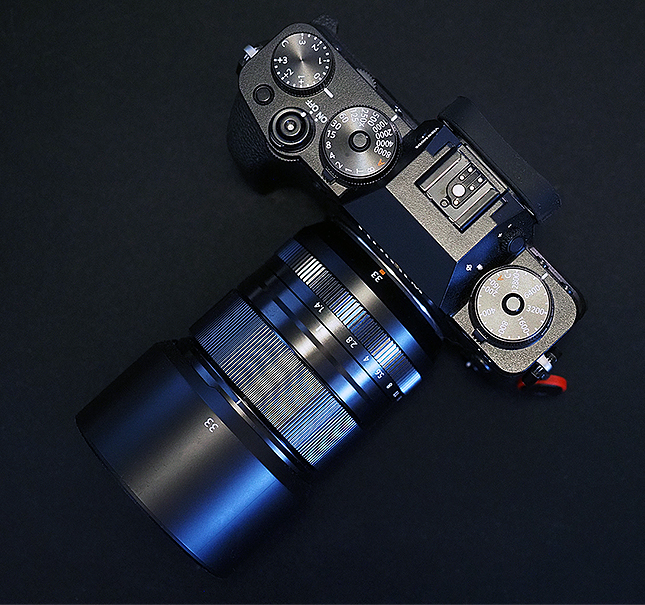 |
Overall, the Fuji XF 33mm F1.4 lens feels great and handles well. Sure, it's somewhat larger than a couple of similar Fujifilm lenses, but overall it's a very compact and lightweight lens, all things considered -- especially one with such a fast aperture. It pairs extremely well with the X-T4 body I used, but I can see it working just as well with smaller, lighter Fujifilm X Series cameras. It's not overly hefty, nor should there be any major risk of front-heaviness. Overall, it's a great, well-built and solid little fast prime.
But, while it feels good in the hand. And looks stylish. How does it perform optically?
 |
Fuji X-T4: F1.4, 1/8000s, ISO 160, -0.3EV |
Image Quality
Modern camera lenses these days are getting really, really good. So good in fact, that I find it somewhat challenging to talk about image quality performance other than stating: "yes, this lens is very sharp." The Fuji XF 33mm F1.4 is one of these lenses...
Yes, this lens is very sharp.
Sharpness
Despite its bright F1.4 aperture, the Fuji XF 33mm captures very sharp images even at the widest aperture. The center of the frame resolves excellent fine detail at F1.4. During my time out in the field with the lens, I often shot at F1.4 just to see how the lens performed at its brightest. I would, however, often take a couple more "safety shots" by stopping down the aperture a bit. However, upon reviewing my images later, I found myself extremely impressed by the sharpness and detail of the wide-open images. Most of the time, I noticed very little, if any, improvement in center sharpness by stopping down.
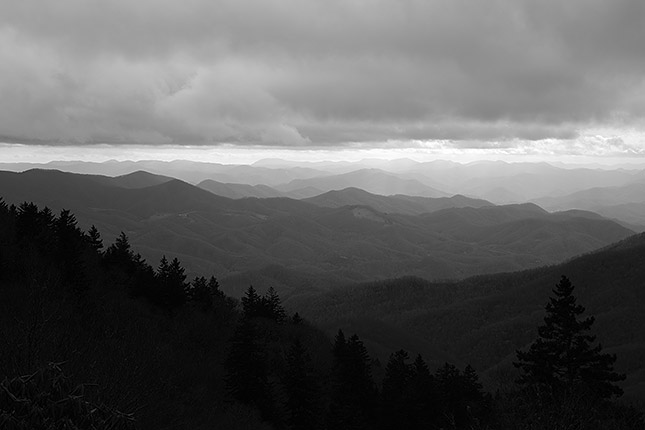 |
Fuji X-T4: F5.6, 1/640s, ISO 160, -0.3EV |
Corner performance is equally impressive. The lens is also capable of very sharp corners, even at F1.4. Of course, capturing tack-sharp, corner-to-corner images with a lens as fast as this 33mm F1.4 can be quite tricky. The depth-of-field can be very thin, so it's easy to wind up with elements in the frame that are soft simply due to that area being outside of the plane of focus.
But. You can get images with sharp corners at F1.4. The XF 33mm F1.4 is quite sharp in the corners wide open. That said, if, for example, you are taking landscape photos with the XF 33mm F1.4 and you want to ensure tack-sharp image quality across the entire frame, stopping down some is the way to go. Looking closely at some sharpness test shots, I do see some subtle improvement in corner sharpness if you stop down a bit, at least to around F4. However, again, corner performance is quite impressive even at F1.4, and I didn't see significant improvement in detail by stopping down.
In general, stopped-down imaging performance with this lens is excellent at most apertures, as well. At nearly every aperture setting, the Fuji XF 33mm lens excels in terms of resolving power. To my eye, F5.6-8 is the ideal aperture for absolute tack-sharp performance, although F4 is excellent, too. Even at narrower apertures, such as F11, images remain crisp and full of fine detail. It's not until F16 that I can see some subtle softening due to diffraction. That said, overall diffraction-related softness appears minor, and I'd have no qualms shooting this lens at F16 if needed.
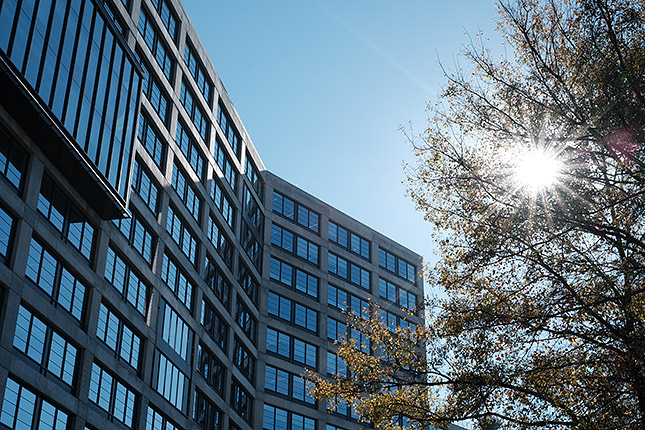 |
Fuji X-T4: F16, 1/80s, ISO 160, -0.3EV |
Vignetting
The only "issue" I've noticed with this lens has been some vignetting at the wider apertures, especially at F1.4. I put "issue" in quotes because, for one thing, it's not severe vignetting, and two, I'm personally okay with a little vignetting most of the time. And especially with a fast-aperture lens like this one. It's easy to correct for in post-production if you want to remove it, but for this type of lens -- a 50mm-eq. F1.4 prime -- a little vignetting can look nice in certain types of shots, especially shallow depth-of-field shots and portraits. Some corner darkening isn't likely to be a major issue in these cases.
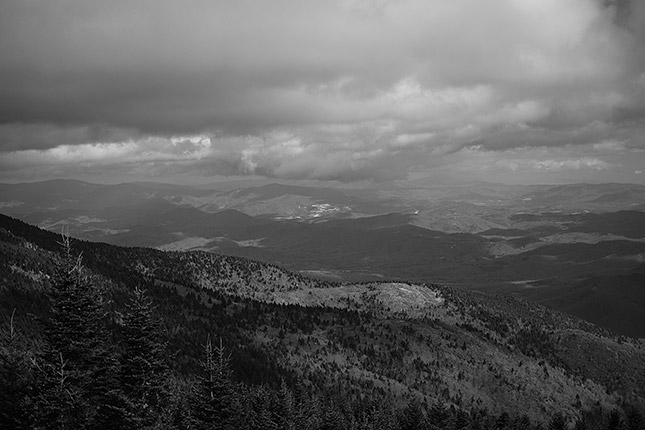 |
Fuji X-T4: F1.4, 1/14000s, ISO 160, -0.3EV |
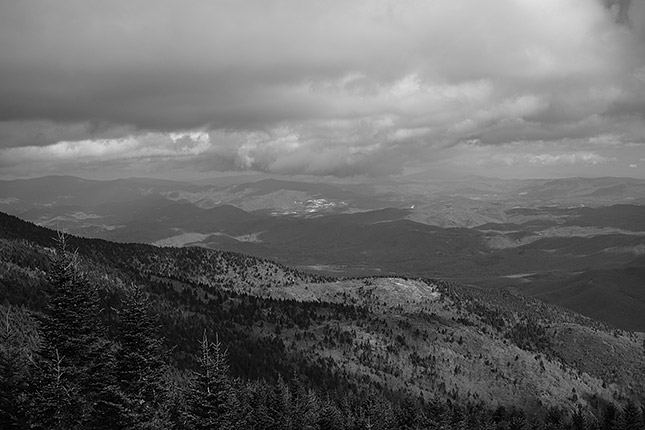 |
Fuji X-T4: F2.8, 1/3500s, ISO 160, -0.3EV |
That being said, if you do want to avoid vignetting, it does take a bit of stopping down to clear it up completely. As mentioned, vignetting is most noticeable at F1.4, but it's still present at F2 and F2.8. It clears up almost completely, though, at F4 and remains so through the rest of the aperture range.
Chromatic Aberration
Overall, the Fuji XF 33mm F1.4 also does well at combating chromatic aberration due partly to its use of two aspherical lens elements and three extra-low dispersion (ED) elements. In most situations, the lens exhibits excellent control over CA, even when used wide open. However, I did observe some rather strong purple fringing along high contrast edges in certain shooting conditions. This was most noticeable when shooting wide open on a bright day, such as trees with dark branches silhouetted against a bright, almost white sky. At F1.4, fringing out towards the corners was definitely noticeable. Stopping the lens down will clear up this issue, thankfully.
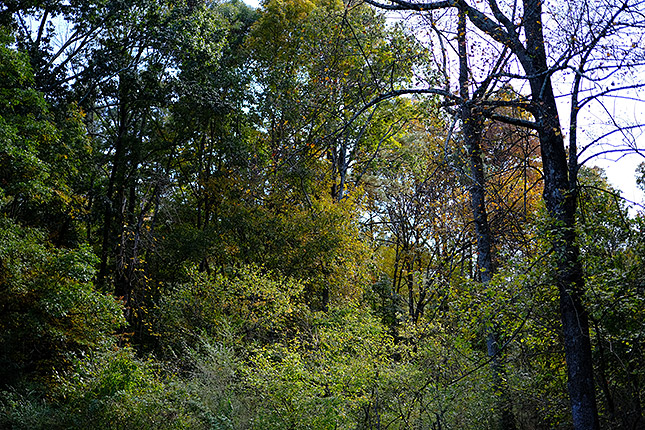 |
Fuji X-T4: F1.4, 1/1400s, ISO 160 |
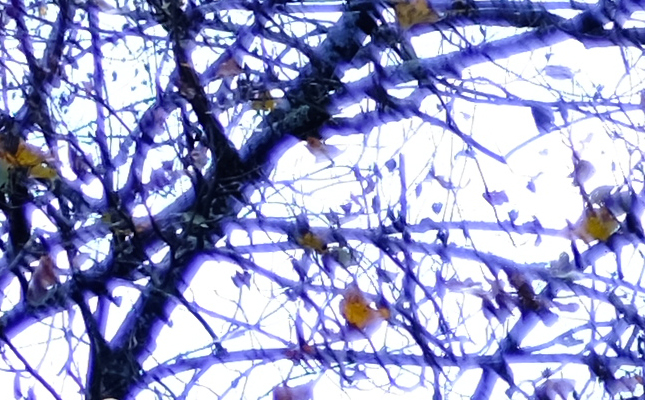 |
| F1.4 Crop |
 |
F4 Crop |
Other occurrences of visible CA were few and far between. Fujifilm designed the optical layout in such a way that it utilizes two of the three ED glass elements and one of the aspherical elements as part of the focusing group. Doing so allows the lens to capture sharp images with minimal CA across the lens's full focusing range. At really close examination of RAW files, there were the faintest of hints of some longitudinal chromatic aberration when using the lens at F1.4, but overall it was extremely minor -- and not an uncommon characteristic of wide-aperture lenses such as this one. Overall, the Fuji XF 33mm F1.4 offers fantastic control of chromatic aberration in both in-focus areas as well as little to no visible CA in out-of-focus areas such as background bokeh.
 |
Fuji X-T4: F1.4, 1/25000s, ISO 160, -0.7EV |
Focusing Operation
The AF system used in the new Fuji XF 33mm F1.4 lens is one of the other major upgrades compared to Fuji's other similar lenses, notably the older XF 35mm F1.4 prime. As the "LM" naming indicates, the 33mm lens uses a Linear Motor focusing system, which proved to be very fast and silent in the field. The lens is designed in a way that the LM focusing system only has to move a smaller, lighter grouping of lens elements, which allows for much faster AF performance than lenses, such as the XF 35mm F1.4. This older lens uses a DC Coreless motor, which is noisier and slower to operate, as it has to move a larger, heavier focusing group.
The more recent XF 35mm F2 lens, on the other hand, uses a Stepping Motor AF system, which is still a performance improvement over the earlier 35mm F1.4 lens. Although I didn't have the 35mm F2 to use side-by-side against the 33mm F1.4, our review of the F2 lens noted its very fast AF performance, with full-range focusing taking less than a second. In my testing of the XF 33mm F1.4, I observed similarly swift focusing. Focusing from infinity to close-focus and vice-versa took about a second, if not less than that. It's a very fast-focusing lens, and smaller focusing changes felt nearly instantaneous.
The XF 33mm can focus down to just 30cm (11.8 in.), which is far from macro lens territory but still a decently close minimum focusing distance. You can get pretty close up to your subjects and really create nice subject isolation and pleasingly blurred out of focus areas.
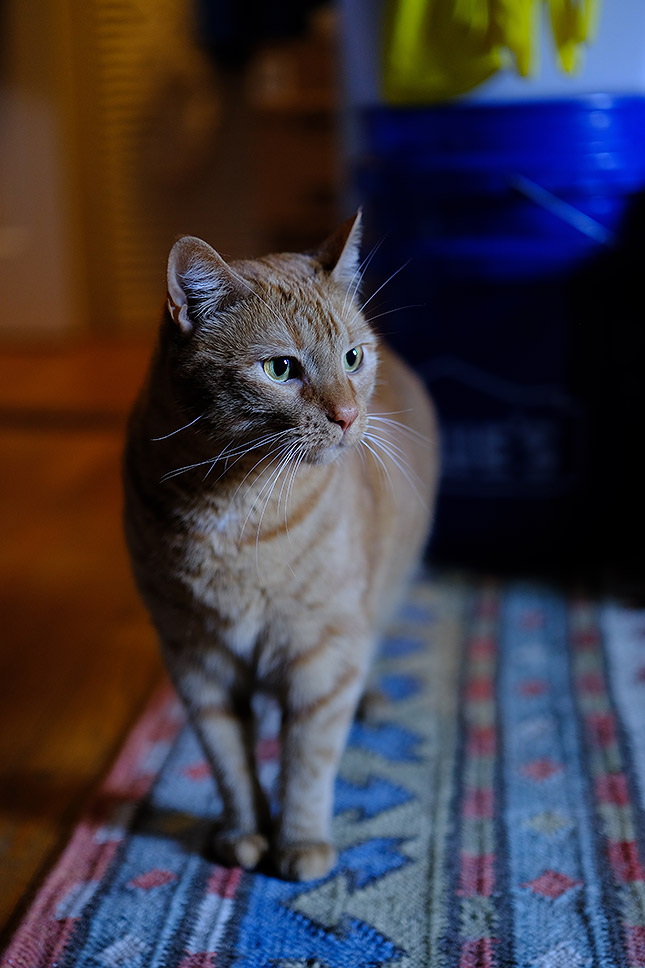 |
Fuji X-T4: F1.4, 1/50s, ISO 500, -0.7EV |
The XF 33mm, of course, also offers manual focusing, and while I primarily use autofocus, the lens provides pleasing manual focusing operation, too. The metal focusing ring is about an inch wide and rotates very smoothly and very easily. There's a subtle amount of rotational resistance, but the focus ring feels like it can be easily bumped and moved accidentally if you're not careful. As the lens is a focus-by-wire lens, much like most modern mirrorless lenses, the focusing ring rotates freely in either AF or MF modes. There are no stops (hard or soft) at either end of the lens's focusing range, nor is there any sort of focusing scale on the lens itself -- the latter of which is somewhat disappointing. When manually focusing, you'll have to make do with your camera's on-screen focusing scale/distance information.
 |
Fuji X-T4: F1.4, 1/6400s, ISO 160, -0.3EV |
Additionally, the X-T4 -- and likely other Fujifilm bodies -- lets you adjust the behavior of the focusing ring of the lens. By default, the focus ring is set to "non-linear," which means the amount of focus change varies depending on the speed and/or velocity of the ring's rotation. For example, I can rack focus from close-focus to infinity with only a little bit of rotation but only if I rotate the ring very quickly. If I make a much slower, more deliberate focus adjustment, it'll take longer and take more rotation to rack through the full focusing range. However, you can set the focus ring to "linear" mode in the camera settings, thus making the manual focusing behavior more akin to a mechanically-linked lens. The amount of degrees of rotation corresponds directly to the amount of focus change and doesn't vary based on the speed of rotation.
 |
Fuji X-T4: F1.4, 1/15000s, ISO 160, -0.7EV |
Summary
All in all, the XF 33mm F1.4 is another excellent addition to the already-extensive Fujifilm X Series lens lineup. While it is quite similar, at least in terms of focal length, to a couple of other lenses already in the Fuji family, the combination of improved optical performance, faster focusing technology and upgrade, weather-sealed construction really make it an all-around great lens. It's high-quality both in terms of build quality and image quality performance. If you're new to the Fujifilm X Series and want a sharp and fast 50mm-eq. prime lens, this is the one to get. At the same time, if you're an existing Fuji photographer with the older XF 35mm F1.4 lens from 2012, this new XF 33mm is also worth considering as an upgrade. The additional weather-sealing, faster focusing, and better optical performance at F1.4 are enticing improvements.
• • •
FUJINON XF33mmF1.4 R LM WR Product Overview
(From Fujifilm lens literature) FUJIFILM North America Corporation is pleased to announce the introduction of FUJINON XF33mmF1.4 R LM WR lens (XF33mmF1.4), a new addition to the lineup of interchangeable XF lenses designed for the FUJIFILM X Series of mirrorless digital cameras.
“XF33mmF1.4 is a new-generation, large-aperture prime lens that delivers exceptional image sharpness,” said Victor Ha, senior director of marketing and product development for FUJIFILM North America Corporation, Electronic Imaging Division. “Its high-resolution capability is coupled with exceptional autofocus (AF) performance that delivers fast and high accuracy in both stills and video.”
The lens’s durable design accommodates a variety of photographic conditions alongside the other FUJINON F1.4 prime lenses, namely the FUJINON XF18mmF1.4 R LM WR and FUJINON XF23mmF1.4 R LM WR.
Product features:
Exceptional image sharpness even at the maximum aperture
- XF33mmF1.4 lens consists of 15 elements, including two aspherical elements and three extra-low dispersion (ED) elements in 10 groups to effectively minimize chromatic aberration and spherical aberration, delivering edge-to- edge sharpness even when wide open. The focusing group in the middle includes two ED elements and one aspherical element to reduce fluctuation of aberration caused by the movements of focusing elements, securing superior image quality across all focusing ranges from close-up to very distant.
- Boasting the maximum aperture of F1.4, XF33mmF1.4 lens allows users to produce high-quality pictures with minimal camera shake and digital noise even in low-light conditions such as poorly-lit indoor spaces and nightscapes. At F1.4, the lens provides a shallow depth-of-field to render background out-of- focus for creamy bokeh, adding a clear contrast and three-dimensional definitions to the sharply-focused main subject on the focal plane. Chromatic aberration is also well-controlled to capture small light sources as round points, avoiding color casts in the background in bokeh. The use of 9 aperture blades ensures nearly round shape bokeh, even around the maximum aperture.
Standard focal length and broad shooting range
- XF33mmF1.4 offers the most popular and standard focal length of 33mm (equivalent to 50mm in the 35mm film format). The focal length provides the angle of view very close to that of the human eye, creating a natural-looking perspective. It covers a wide range of photographic situations from portraiture to snapshots and landscape photography. The broad shooting range is also complemented by its advanced close-up capability with the minimal working distance of just 11.8 inches (30cm) and the maximum magnification of 0.15x.
Silent, fast and highly-accurate AF
- XF33mmF1.4’s AF system is driven with a linear motor, resulting in near-silent, fast and highly-accurate AF. The AF is achieved with the Inner Focus system, which keeps the range of movements for the focusing lens group small while precisely controlling the amount of focusing required within the range. The focus is attained in as fast as .04 seconds, ensuring that users do not miss a decisive photo opportunity.*1
- The use of the linear motor for fast and precise AF means the focus can be maintained accurately even in the AF-C mode, mainly used in video recording. In addition, the lens is optically designed to minimize changes in the angle of view, caused by focus breathing, making it an ideal choice for full-fledged video production.
Advanced mobility based on compact, lightweight and rugged construction
- XF33mmF1.4 is compact and lightweight, weighing approx. 13 ounces (360g) and measuring 2.89 inches (73.5mm) long with the filter thread size of 58mm. The external diameter of the focusing lens group is kept small to accommodate a linear motor, achieving a slim, stylish design.
- The lens barrel is weather-resistant at 11 locations against dust and moisture, and can be used with weather-resistant X Series digital cameras at temperatures as low as 14°F (-10°C), for reliable performance in most adverse weather conditions.
- The focus ring has a unique control resolution, especially during manual focusing at a shallow depth-of-field. The gear pitch inside the focus ring is carefully designed for advanced movement detection capability, enabling linear focusing that responds precisely to the subtlest of fingertip movements.
- The A (auto) Position Lock offers reliable operation, locking the aperture ring in place to avoid any unintentional adjustment during image creation.
Pricing & Availability
XF33mmF1.4 is currently expected to be available in late October, 2021, at a manufacturer’s suggested retail price of $799.95 USD ($1,000 CDN). Additionally, the LH-XF23 II lens hood, designed to fit both the XF33mmF1.4 and XF23mmF1.4 lenses, will be offered as an optional accessory, at a manufacturer’s suggested retail price of $69 USD ($80 CDN).
Fujinon XF 33mm f/1.4 R LM WR
Your purchases support this site
Fujifilm X-mount
Fujinon XF 33mm f/1.4 R LM WR User Reviews
The Fujinon XF 33mm f/1.4 R LM WR doesn't have any user reviews yet!
